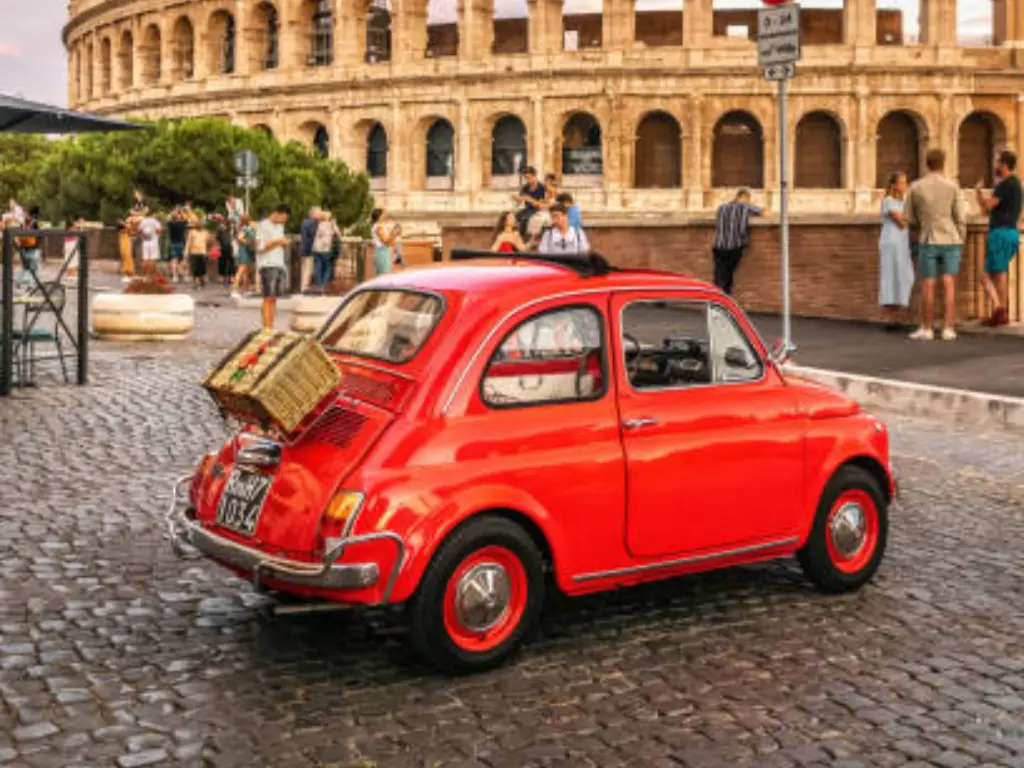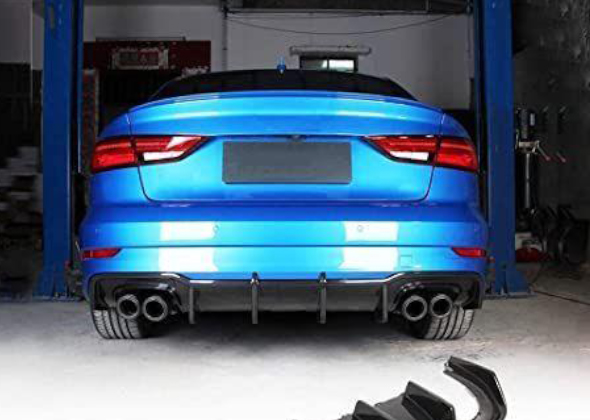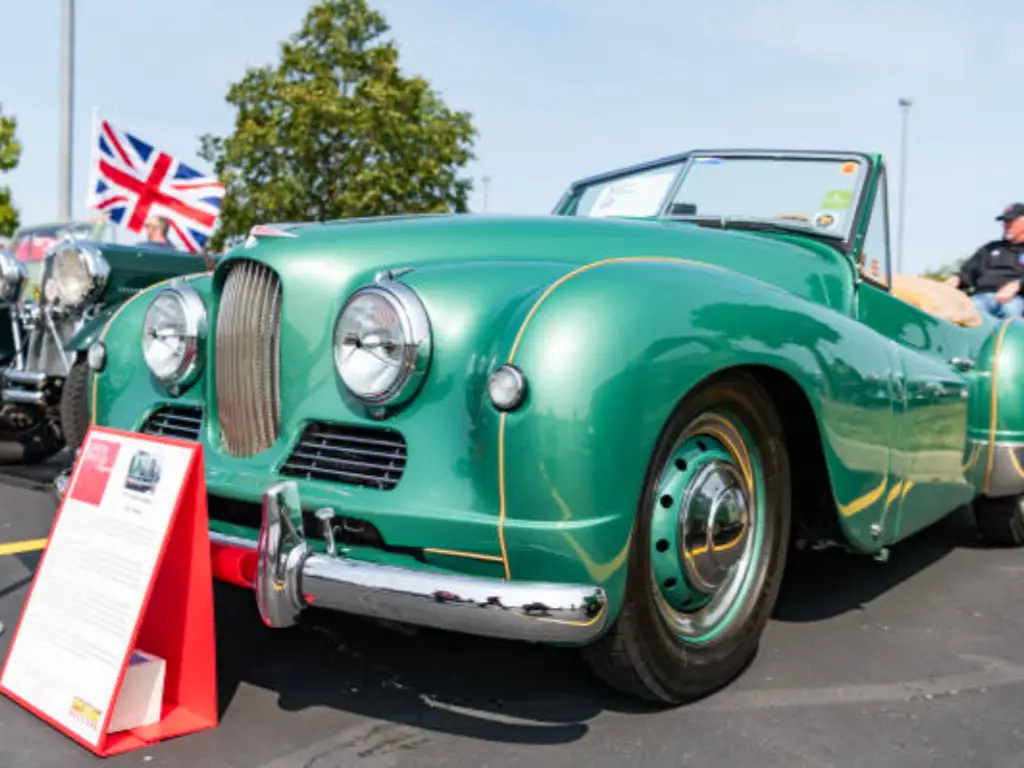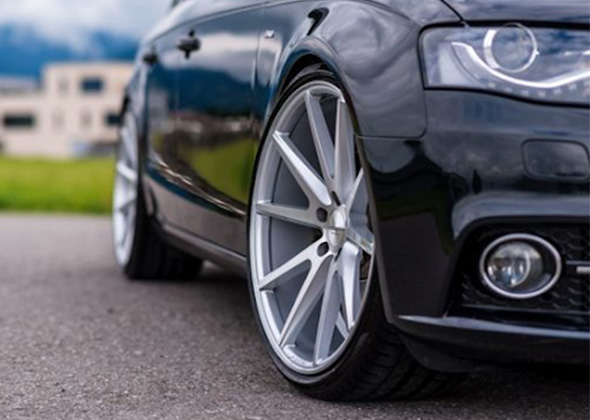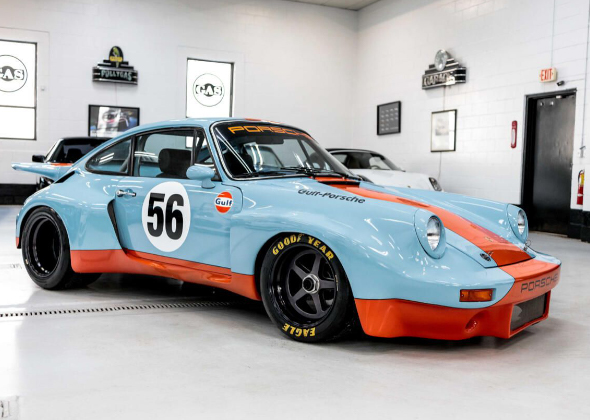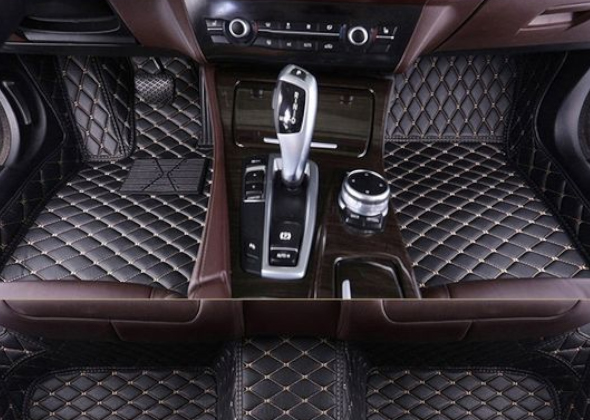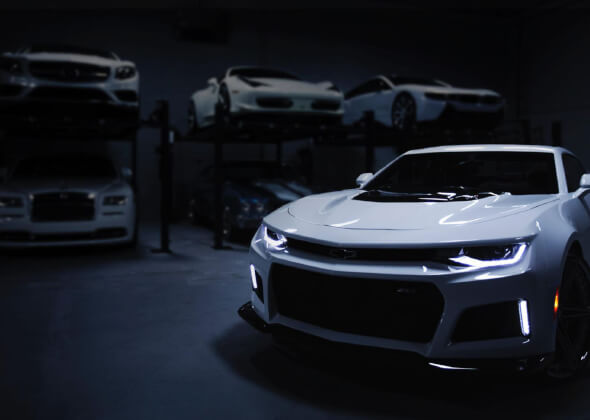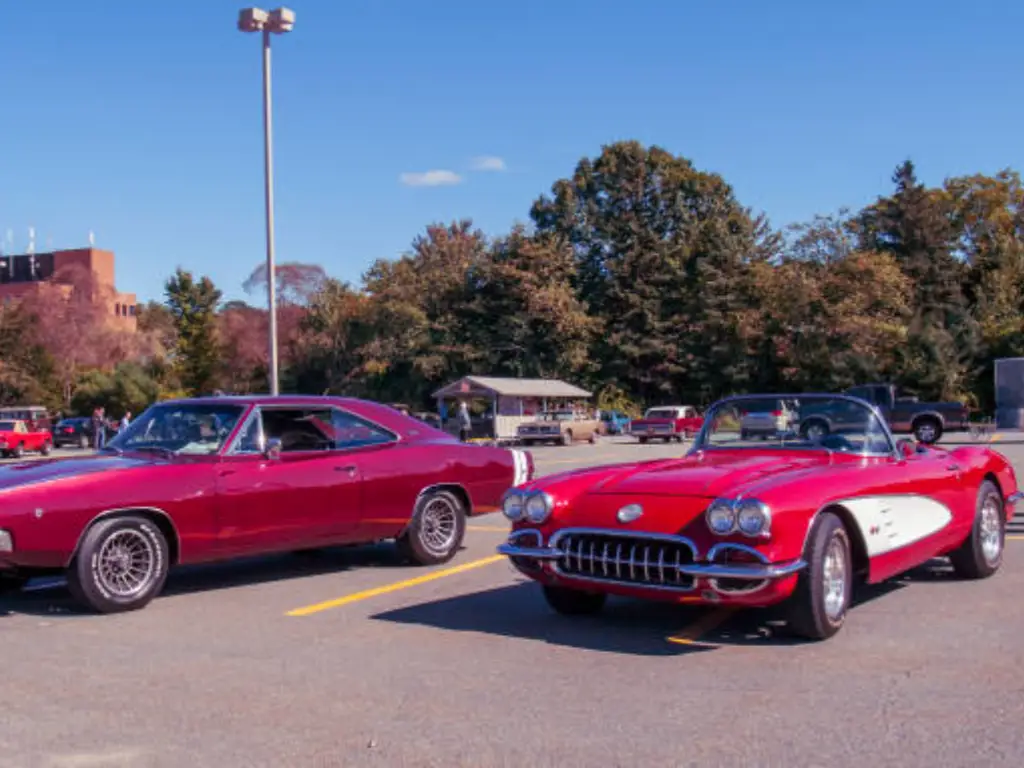
Why the 60s Changed Automotive History
By the end of the 1950s, as the enthusiasm of chrome fins and jet-age imprompunity reached its apogee no one could have guessed the paradise change that would come over the next decade. The 1960s was not only a new decade, it was a cultural revolution and the automobile was its most apparent, visceral manifestation. It was the golden era where the great 1960s cars became more than a means of transport and a means of being, freedom and technological aspirations.
The ten years were characterized by diversification. The economic boom after the war and the huge market of youth population spawned a voracious demand over performance in America and produced the so-called muscle car and the so-called pony car. Drivers were seeking power and personality whether it was demolishing the drag strip or the main street. On the other side of the ocean, European engineers reacted not by brutality to the challenge, but by accuracy, design, and revolutionary ideas, producing the first supercar in the world and mastering the fine art of the sports car.
At the same time, counter-culture movements were advocates of pragmatism and efficiency, and small and simple items such as the Volkswagen Beetle and the Mini became worldwide icons of anti-establishment ideas. The lineup of innovations, styles, and courageous experiments was renewed every model year. The 1960s popular cars were not a one-dimensional event; it was a glorious crash-up of horsepower wars, style revolutions and social transformation. It discusses the icons the titans and masters that not only marked a decade, but transformed the automotive scene permanently.
The American Titans: Muscle, Pony Cars, and Luxury
In the 1960s America, the horse power was the king. No longer constrained by the racing bans of the previous decade, engineers and marketers entered a horsepower war and crammed the biggest and most powerful V8 engines into their mid-size and compact chassis. This quest to achieve the speed of straight lines coupled with an excellent marketing campaign led to the most iconic period in the history of American automobile.
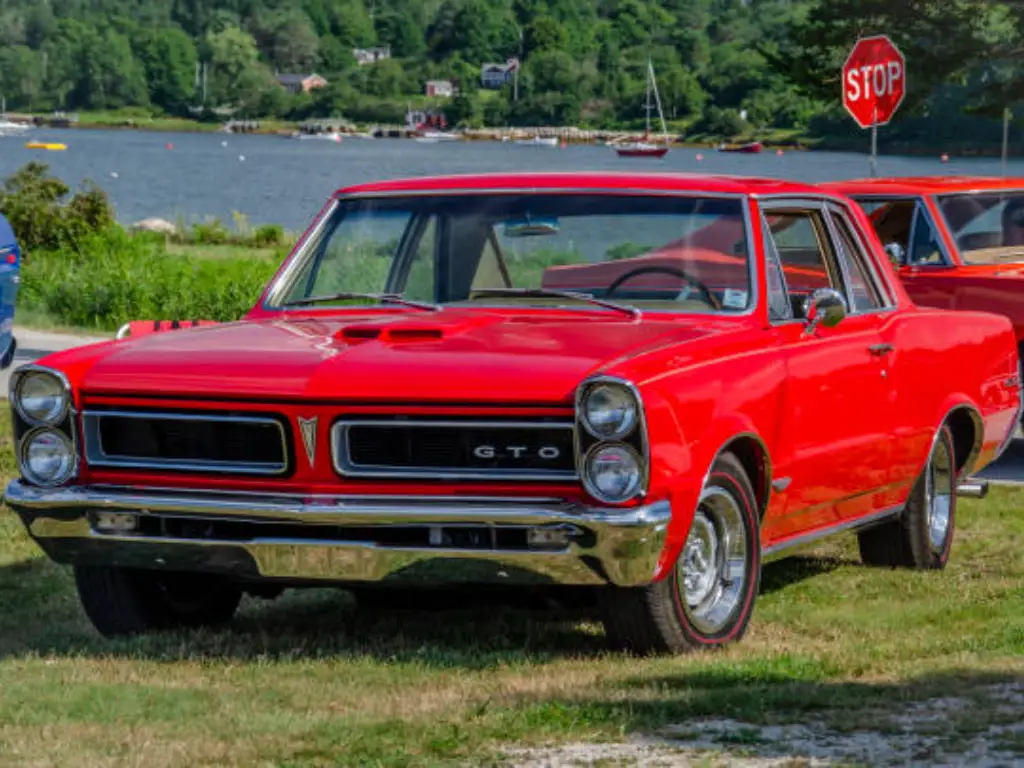
Pontiac GTO, 1964
The GTO was often referred to as the father of the muscle car and was a brilliant work of engineering defiance and marketing expertise. The Pontiac team, led by engineer John DeLorean, notoriously subversed the internal rules of GM by putting a huge 389-cubic-inch (6.4L) V8 engine in the mid-size Tempest, which was technically unavailable in that chassis size.
The bundle, which was called GTO (Gran Turismo Omologato) in a clear reference to Ferrari, would become an immediate hit. The sales staff at Pontiac had put sales at 5,000 units, which was a conservative number but they sold 32,450 in the first year alone.
The GTO accomplished this blistering performance at a relatively low cost with 325 hp (or 348 hp in the Tri-Power carburet installation) in a car weighing slightly over 3,000 pounds. It was not a new model per se, but the prototype of a new market niche, which all other American manufacturers would rush to take part in.
Ford Mustang, 1964 ½
In case the GTO was the one that invented the muscle car then the Ford Mustang was a hit with culture. The Mustang was the first pony car, which was introduced in mid-1964, and masterminded by Lee Iacocca. It was a victory of package and image which was created on the meager foundations of the Ford Falcon which made the costs low.
Its access was the genius of it. It was sleek, small and above all, infinitely customizable. It might be a couple or a convertible, and with an economical inline-six, or a powerful 289 cu in (4.7L) K-Code V8. Ford had estimated a yearly sales of 100,000. During the initial three months they sold that many. In 18 months, the company had produced more than one million Mustangs. It is not only a car but a lifestyle item that happened to encompass the essence of the 1960s youth, freedom, and individuality.
Chevrolet Corvette Sting Ray, 1963
When the street was dominated by muscle cars, Corvette established itself as the only true sports car in America. The C2 Sting Ray of 1963 was a spectacular jump in the air. Its radical futuristic appearance (inspired by Mako Shark design) was a significant move on the C1 based on a design by Larry Shinoda.
But the loveliness was still deeper than skin. It is also the first Corvette to have an all-independent rear suspension, which significantly improved its on-road performance, and at last made it worthy of competition with the best of Europe. The most popular is the 1963 model, which is the only model that has the popular split-window coupe design.
The Sting Ray was a performance machine of international caliber that ran on the renowned 327 cu in (5.4L) V8, and could go up to 360 hp with Rochester fuel injection.
Dodge Charger, 1968
The era of the muscle cars was at its highest point by 1968, and the second-generation Dodge Charger was arguably the most stylistic in the history of the car. Whereas the first-gen Charger was a very good-looking fastback, the 1968 was a menace. Designers borrowed the famous now-known Coke bottle styling that has a pinched waist and exaggerated haunches over the rear wheels.
The structure was characterized by a complete width grille of headland that was in the form of a hidden one and a flying buttress roofline that recessed the rear window. It was a design icon, pop-culture legend instantly, doing service as the villain car in the 1968 film Bullitt.
It had the option of the fearsome 426 Hemi V8, with 425 hp, under the hood, which was a racing engine hardly civilized enough to be run on the street. The Charger was everything that was cool about the 1960s: big, loud and impossible.
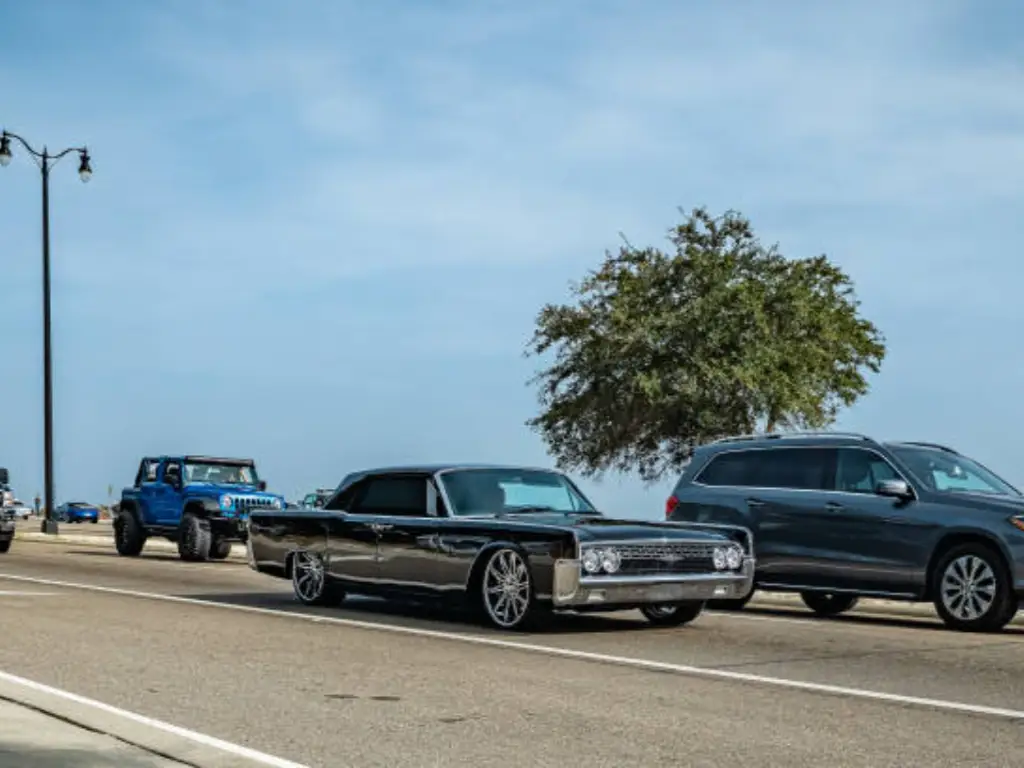
Lincoln Continental, 1961
Brute force was not the only icon of America. The 1961 Lincoln Continental helped to redefine American luxury and had a philosophy of understated, elegant restraint. A classicist rejection of the chrome, and fins of the 50s designer Elwood Engel wrote a slab-sided, minimalist masterpiece. It had a clean line and bare lines body panels which gave it a less is more confidence that was uncommon in its time.
The most well-known thing about it, of course, was that the sedan was reintroduced with rear-hinged “suicide doors” which was a functional feature that gave the car an undeniable degree of spectacle and pomp. The Continental 61 was such a success that the language of its fundamental design would continue to support Lincoln throughout the decade, establishing it as the classic image of 1960s American luxuriousness.
| American Titans: 1960s Data Sheet | |||
| Model | Year | Key Engine (Example) | Why It’s an Icon |
| Pontiac GTO | 1964 | 389 cu in (6.4L) V8 | The “Godfather” of the muscle car. |
| Ford Mustang | 1964.5 | 289 cu in (4.7L) V8 | Created the “pony car” segment; a cultural sensation. |
| Corvette Sting Ray | 1963 | 327 cu in (5.4L) FI V8 | Independent rear suspension; the iconic “split-window.” |
| Dodge Charger | 1968 | 426 cu in (7.0L) Hemi V8 | The pinnacle of “Coke bottle” muscle car design. |
| Lincoln Continental | 1961 | 430 cu in (7.0L) V8 | Redefined luxury with minimalist design & “suicide doors.” |
The European Masters: Style, Precision, and Supercars
European manufacturers were engaged in another quest, as America was fueled by the quarter-mile. They were the pioneers of lightweight construction, aero efficiency, and precision of handing. And, as diverse as the Beetle of the 1960s, so did Europe give us a contribution as beautiful as any sport car in the world.
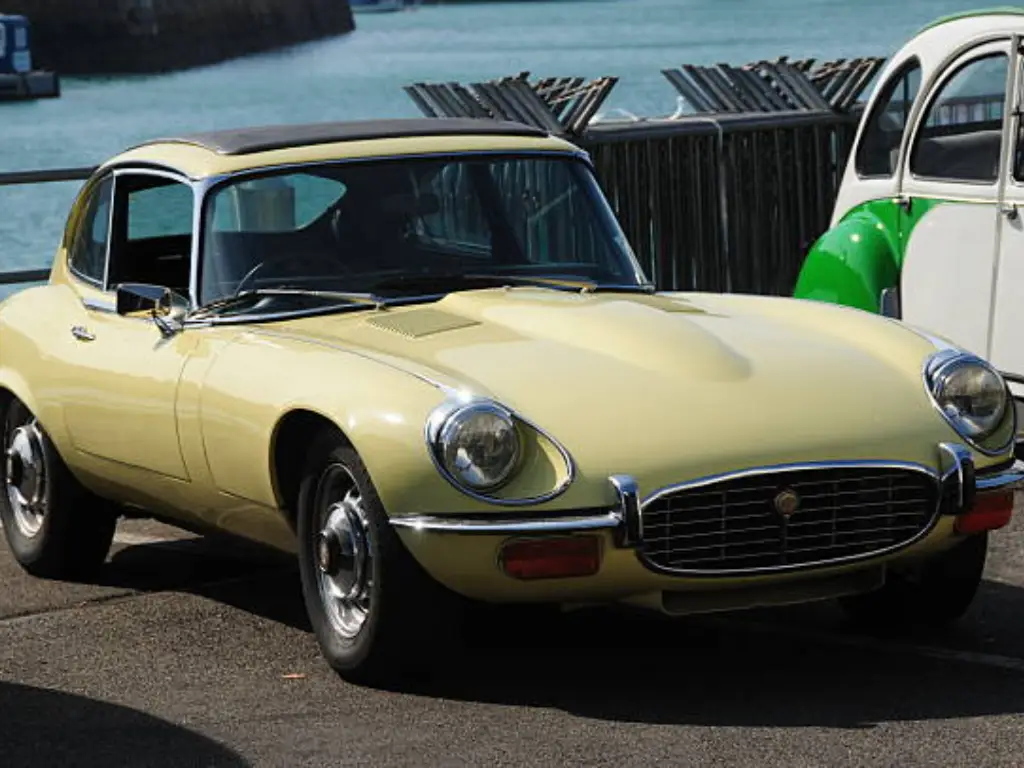
Jaguar E-Type, 1961
At the time of its release in the 1961 Geneva Motor Show, the Jaguar E-Type (or XKE) was a bombshell. Even Enzo Ferrari, who was not known as a man who was complimentary of the competition, is said to have stated that it was the most beautiful car in the world.
Its long, sensuous hood and monocoque structure were the result of the D-type Le Mans race car by Jaguar which was designed by aerodynamicist Malcolm Sayer.
It was not only beautiful, but a performance bargain. It had a 3.8L inline-six that made 265 hp and took the car to a top speed of 150 mph- a mark only reached by exotics that were three times more expensive. The E-Type bestowed the essence of the Swinging Sixties and is still a pinnacle in the design of automobiles.
Porsche 911, 1964
How do you replace a legend? Porsche was going through this when it had succeeded its 356 which was a favorite. An evolutionary masterpiece was the answer, which was proposed in 1964 as the 901 (which was hasten renamed 911). It was created by “Butzi” Porsche and it was similar to the 356 in terms of the fastback shape and the rear-engine design but more contemporary, spacious and powerful.
Its real innovation was the motor an entirely new air-cooled, 2.0L flat-six (or boxer) with a power output of 130 hp. The rear-engine design of the 911 provided it with a distinctive and strenuous handling trait that once mastered in the hands of its owner, it was supreme in the racing. The 911 has created an engineering and design DNA that it has carefully perfected but never compromised on and as a result, it has remained one of the most recognizable and stable automotive icons of all times.
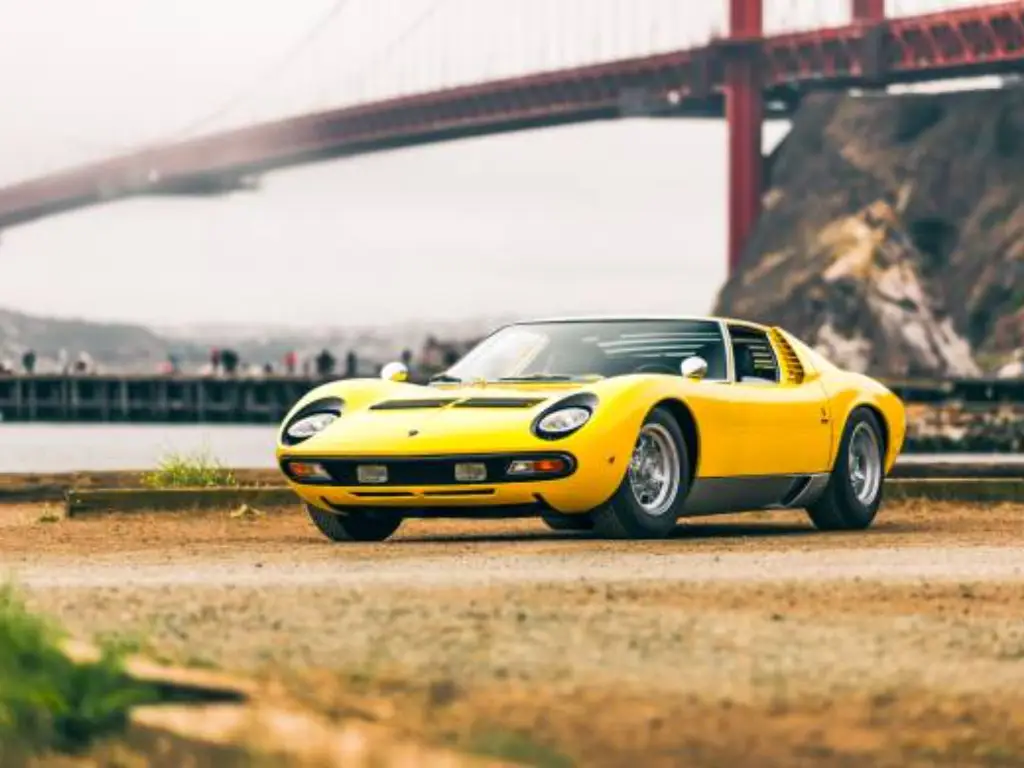
Lamborghini Miura, 1966
Lamborghini Miura was not a typical car of the 1960s but the car that has created a supercar. Although the use of fast cars was not new, the Miura of 1966 became the first car produced to have a transverse-mounted mid-mount V12 engine.
This was a layout that was a marvel in packaging, and unlike other exotic race cars in the past; the 3.9L, 350-hp V12 was behind the driver, but in front of the rear axle to achieve optimum weight distribution.
The Miura, wrapped in a gorgeous beautiful and impossibly low body by Marcello Gandini at Bertone, overnight transformed every other high performance car on the planet into obsolete. It was an utterance of naked, provocative performance art.
Volkswagen Beetle, 1960s
At the other extreme end of the scale, the Volkswagen Beetle was possibly the most famous car of the 1960s, era. Although the design was in the 1930s, the 60s was the year when it became a world and cultural runaway. It was the opposite of the American V8: it was small, slow, efficient and comically simple.
Its air-cooled four-cylinder mounted on the rear so famous in its reliability and easy repair. In the 1960s the Beetle came to signify the counter-culture, a denial of consumerist profligacy. The image was well nurtured by the Doyle Dane Bernbach (DDB) advertisement campaign titled as the Think Small which has remained to be viewed as one of the best advertising campaigns in the history.
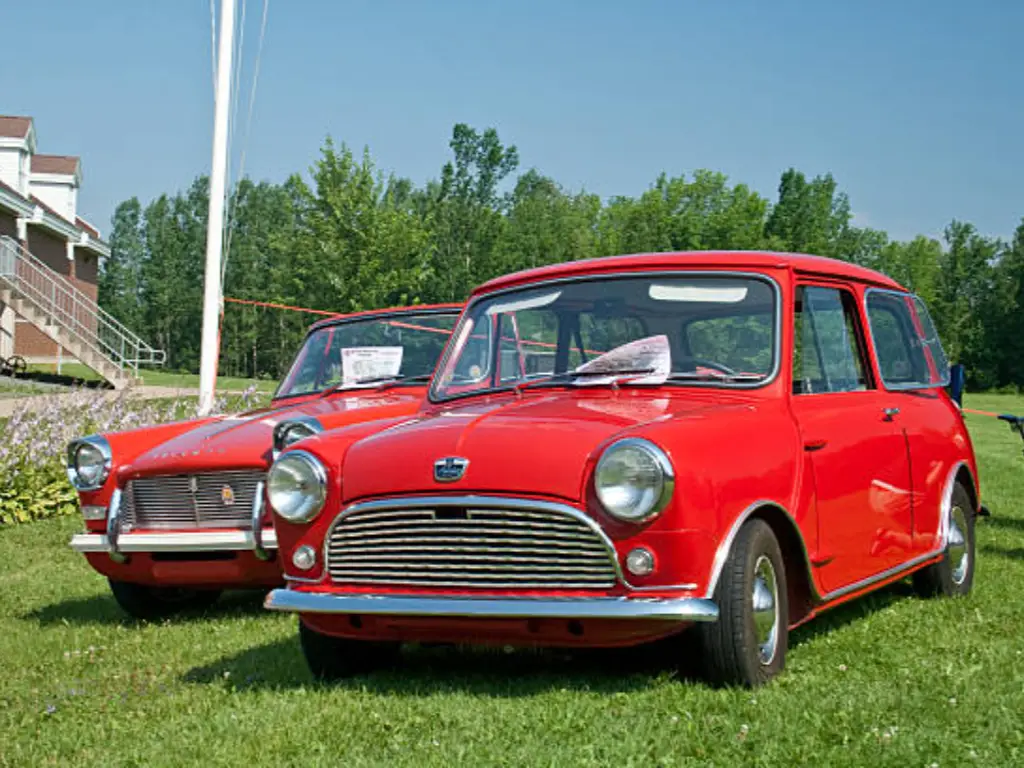
Austin Mini, 1960s
The Beetle was an embodiment of the victory of simplicity, the Austin Mini was the embodiment of the victory of packaging. Designer Sir Alec Issigonis came up with a masterpiece when he was given the task of designing a small, hyper efficient car following the 1956 Suez Crisis. He made a car with staggeringly 80 percent of its small footprint being occupied by passengers and luggage by swiveling the engine (transverse) and driving the front wheels.
The Mini was a model that had no classes, and was powered by all, rock stars (The Beatles) and fashion models (Twiggy) to even royalty. But its point of strength was its go-kart handling. The mini cooper S variant which was launched by racing legend John Cooper, turned into a giant-killer in motorsport, competing and winning the great Monte Carlo Rally against cars which were much bigger and more powerful.
| European Masters: 1960s Data Sheet | |||
| Model | Year | Key Engine (Example) | Why It’s an Icon |
| Jaguar E-Type | 1961 | 3.8L Inline-Six | “The most beautiful car”; 150 mph performance at a low price. |
| Porsche 911 | 1964 | 2.0L Flat-Six | Enduring rear-engine design; a legend in handling. |
| Lamborghini Miura | 1966 | 3.9L Mid-Engine V12 | Invented the “supercar” template. |
| Volkswagen Beetle | 1960s | Air-Cooled Flat-Four | The counter-culture “people’s car”; a global phenomenon. |
| Austin Mini | 1960s | Transverse Inline-Four | A revolutionary marvel of spatial packaging and handling. |
How 60s Cars Became Cultural Symbols
These vehicles were not only popular but they were icons of their era. Two major factors made them cultural symbols: the revolutionary language of the way they were designed and the visceral new technologies that lay beneath their hoods. The films and the media of the time multiplied their appeal– consider the James Bond, whose sense of cars was cool all through the decade.
The Styling That Defined the Era
The 1960s were a departure of 50s extravagance and the emergence of independent, intentional design languages. The coke bottle shape, a pinched waist and fenders in the middle as is the case with the Corvette and the Charger, which suggested movement even when stationary. The popular mustang roofline, the fastback, was adopted as a symbol of youth and sportiness.
Concurrently the restrained, minimalist, and slightly slab sided elegance of the Lincoln Continental was a demonstration that the design of a personal luxury car could be both reserved and refined. In Europe, the functionalism of the E-Type and the compactness of the Mini was the result of form follows function. This was the decade wherein the designers ceased the process of decoration and began shaping the personalities of cars.
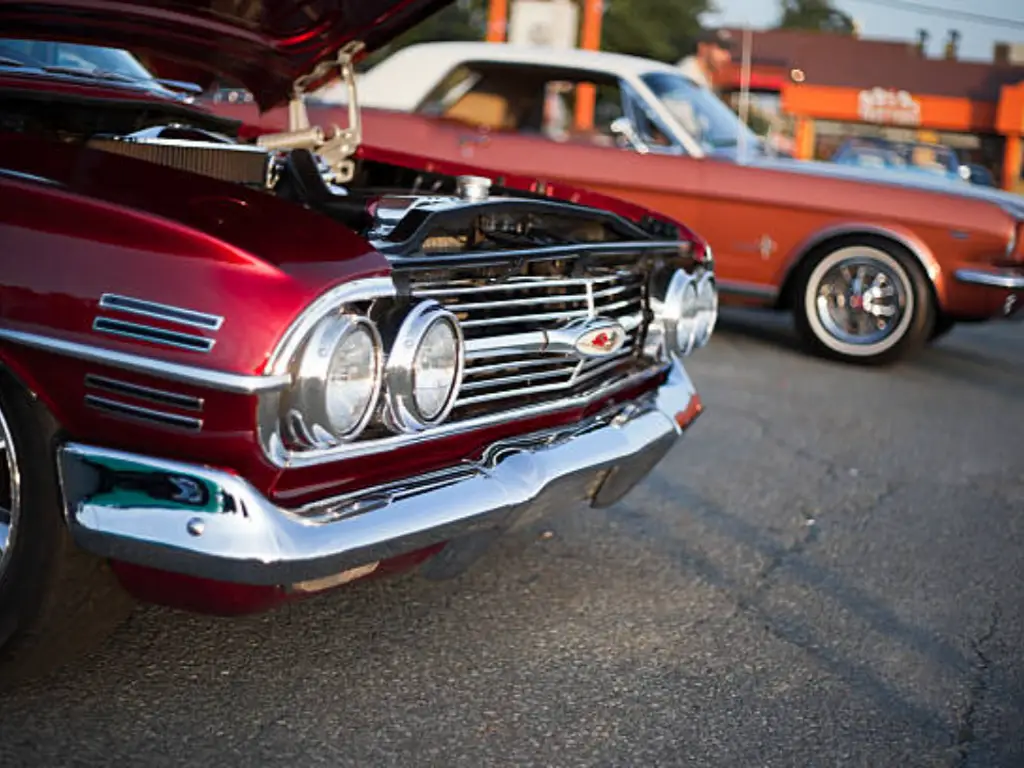
60s Engine Technology
This new styling was supported by substance. The 1960s were a decade of undisputed V8 in America. The horsepower wars had been waged in cubic inches and as a result, there was legendary engines such as the 426 Hemi, the 427 Cobra Jet, and the 440 Six Pack. These engines were not advanced, but they were landmarks of torque and power. It was the sort of crude acting that brought excitement to viewers in movies such as Goldfinger where the car itself became one of the co stars in the tale of acceleration and erudition.
European technology, on the other hand was technologically geared towards efficiency and high revving performance. They were Overhead Camshaft (OHC) engines, which was typical of the Jaguar. Porsche had perfected the art of air-cooling and tried fuel injection, and Lamborghini V12 and mid-engine design was a hundred years ahead in sophistication.
This technological departure provided the driver with the alternative of American brute power or European finesse.
The Enduring Passion: The Challenge of 60s Restoration
The ardor of such icons is greater than at any previous time, more than five centuries later. The process of restoring a car which was made in the 1960s is the process of keeping alive a piece of history, to recreate an emotion of a gone era. It is a generational work that bonds generations. To lots of fans, it seems to be a particular kind of pride to have a first model alive again, an act of a doxology to the time of the first encounter with what was to be innovative and what was to be imagined.
And yet this passion can come to a bitter end. These are not modern cars. They are 50, 60, or even 70 years old. Parts will be the greatest challenge that any restorer, whether a weekend hobbyist or professional restoration shop will encounter. Original, New Old Stock (NOS) parts are miraculously low in numbers and impossibly costly. Worn out, unused components can be worn, rusty and brittle.
And the market is full of cheap imitations that do not fit, do not work well or do not contribute to the safety and quality of the car. This has even prompted some restorers to seek more innovative loophole solutions, such as procuring parts that fit in their dream machines or modifying compatible parts, to maintain their dream cars on the road. This is the point of entry where a dream project may turn into a nightmare.
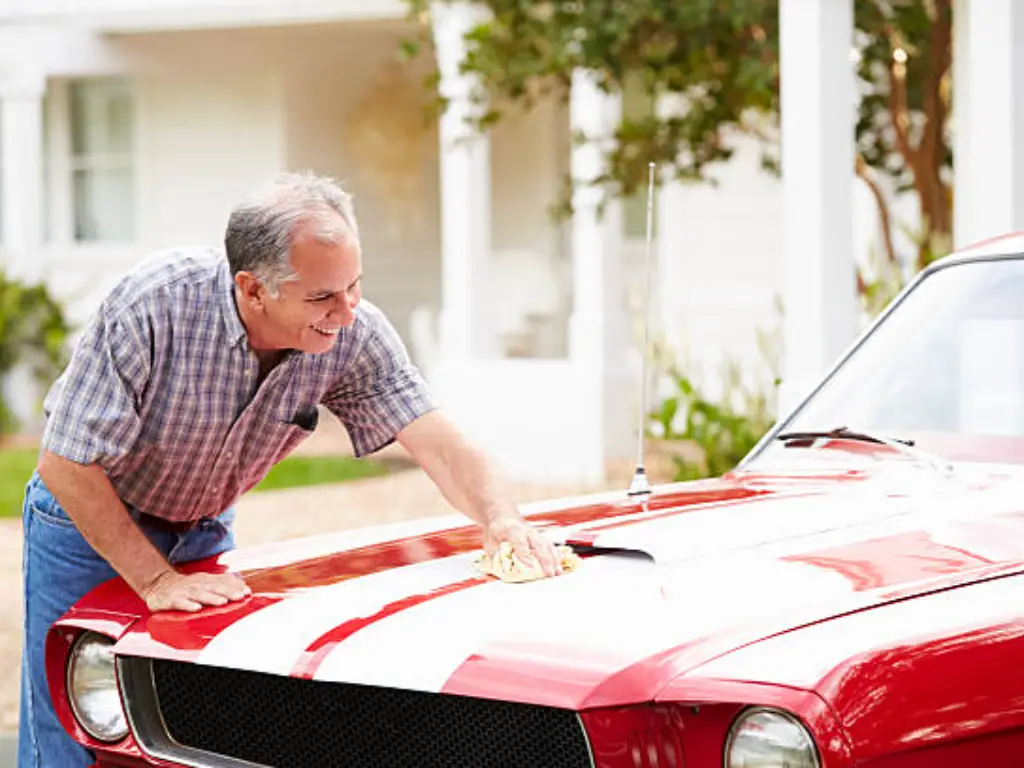
Your Partner in Preservation: Sunway Autoparts
Here the dream of restoration collides with the reality of manufacturing. Sunway Autoparts, being a specialist manufacturer of classic auto parts since the year 2007, exists to fill this gap. We are not mere distributors, we are also creators. We specialize in the golden age, specifically the 1960s to 1980s of the thought-of models that we have spoken about in this paper, such as the celebrities with Ford, Volkswagen, Jaguar, and Chevrolet.
A restoration can only be successful when a part is not merely a replacement. We are differentiated in that we offer high quality reproduction parts which fit and look exactly like OEM. But we go one step further. We take advantage of the advances in manufacturing technology and the best materials to make sure that our parts are more durable and reliable than even the originals. The solution to the brittle and old problem is to design our components to be durable and ensure you drive your classic car and not merely put it on display.
To our customers-the distributors, wholesalers, and restoration shops that make the heart of this community, we are your constant upstream player. We have a controlled supply chain of approximately 200 suppliers giving us a stable quality of production, dependable inventory and the ability to provide variable quantity of bulk orders.
To work with Sunway is to have a manageable, premium, and reliable supply of the hundreds of various components you require to keep the projects of your customers on track and your company doing well.
Conclusion
The cars that were popular in the 1960s were not just the metals, glass and rubber. They were declarations of purpose. Pontiac GTO was a proclamation of youthful revolution. Ford Mustang was a statement of freedom of personality. The Beetle of Volkswagen was an a silent statement of anti-cultural opposition, and the Lamborghini Miura was an assertive future statement.
This was a decade that provided the world with an automotive vocabulary that we find in use today. All the current-day muscle car, the daily hot hatch, the luxury sedan, the supercar of the exotic can also be directly traced to the previous iconic cars of the 1960s. Their heritage lives not only in museums, but on the open road, due to the undying dedication of the owners and restorers. They are an old-fashioned scroll of testimony to the era when anything–and everything–was possible.


